KTET Previous Question Papers Category 3 Natural Science must be practised on a regular basis so as to score good marks in the exam. Solving the previous year question papers also helps the candidates with better time management in the examination hall.
Table of Contents
KTET Previous Question Papers Category 3 Natural Science is an important resource that helps the candidates practise efficiently for the exam. The previous year's question papers help the candidates in understanding the pattern and trend of questions. The marks distribution and marking scheme are important features that can also be understood.
The Kerala Teacher Eligibility Test (KTET) is conducted twice a year. The entrance exam is conducted for the post of teachers for the primary, secondary, and higher secondary classes. The KTET exam is conducted by Kerala Pareeksha Bhawan.
KTET Previous Question Papers Category 3 Natural Science PDF
It is important to practise the previous year question papers regularly to improve the chances of scoring good marks in the KTET exam. Solving the previous year question papers also serve to acquaint the candidates with the pattern and style of the question paper as well as the question pattern.
KTET previous question papers category 3 Natural Science PDF can be found attached in the table below:
| KTET Previous Question Papers Category 3 Natural Science | PDF Link |
| KTET Category 3 Natural Science Question Paper 2018 | Download Now |
| KTET Category 3 Natural Science Question Paper 2019 | Download Now |
Also Read: KTET Category 3 Physical Science Question Paper - Download PDF
Top 20+ KTET Category 3 Natural Science Questions
Shared below are the top questions for KTET Category 3 Natural Science from the previous years.
1. Which one of the following is not excretory in function?
- Malfigian tubules
- Flame cells
- Nephridia
- Clitellum
2. Lungfish is a connecting link between
- Amphibians and birds
- Annelids and arthropods
- Fishes and amphibians
- Arthropods and mollusks
3. Which one of the following acts as a hormone that regulates blood pressure and blood flow?
- Nitric acid
- Nitric oxide
- Sulphur dioxide
- Hydrogen sulphide
4. Somatostatin is produced by
- Pituitary
- Pancreas
- Hypothalamus
- Thymus
Also Read: KTET Certificate Verification: Steps, Eligibility
5. Typhoid fever can be confirmed by
- Western Blot
- Widal Test
- ELISA
- Northern blot
6. The connecting link between Annelida and Arthropoda is
- Limulus
- Peripatus
- Tubifex
- Enterobius
7. Which one of the following is a hermaphrodite?
- Leech
- Pinworm
- Ascaris
- Hookworm‘
8. Which one of the following is the only mechanism that brings genetically different pollen grains to stigma?
- Autogamy
- Cleistogamy
- Geitonogamy
- Xenogamy
Also Read: KTET Answer Key
9. YAC is
- Yeast Artificial Cell
- Yeast Amplified Cell
- Yeast Artificial Chromosome
- Yes Amplified Chromosome
10. Shrinking of animal cell is known as
- Plasmolysis
- Pyrolysis
- Anaphylaxis
- Crenation
11. The liver does not produce
- Albumin
- Gamma Globulin
- Fibrinogen
- Prothrombin
12. The upright pyramid of numbers cannot be seen with the ________ Pyramid.
- Lake
- Grassland
- Pond
- Forest
Also Read: KTET Results
13. The maximum volume of air a person can breathe in after a forced expiration is called
- Expiratory capacity
- Inspiratory capacity
- Residual volume
- Vital capacity
14. The breakdown of alveoli that reduces the surface area for gas exchange leads to a disease called
- Asphyxia
- Hypoxia
- Anorexia
- Emphysema
15. Polymer of fructose is
- Inulin
- Codeine
- Gluten
- Lecithin
16. Natural selection leads to the evolution of desired traits at which of the following levels?
- Level of community
- Level of species
- Level of population
- Tissue level
Also Check: How to Become a Teacher in India?
17. Which one of the following is not a clone?
- Dolly
- CopyCat
- Polly
- Hinny
18. The dry schizocarpic fruit developing from a tricarpellary gynoecium and splitting into three one-seeded cocci
- Cremocarp
- Lomentum
- Regma
- Samara
19. Yoshinori Obsumi got Nobel Prize for
- Discovering a novel therapy against malaria
- Work on autophagy
- Discovering a novel therapy against roundworm infection
- Cryo electron microscopy
20. Podocytes are seen in
- Alveoli
- Stomach
- Bowman's capsule
- Liver
Also Read: Top B.Ed Colleges in Kerala 2024
21. Taq polymerase is isolated from
- Fungus
- Bacteria
- Protozoa
- Mycoplasma
22. A generalised idea of a class of things is
- Attribute
- Law
- Concept
- Theory
KTET Category 3 Natural Science Exam Eligibility Criteria
The eligibility criteria for KTET must be fulfilled by all the candidates preparing for the examination. The eligibility criteria to apply for the exam has been shared below:
- The candidates must have completed a Bachelor’s Degree along with a B.Ed degree to apply for the KTET examination.
- A candidate must be an Indian citizen to apply for the exam.
Also Read: Top B.Ed English Colleges in Kerala 2024
KTET Category 3 Natural Science Exam Pattern
While preparing for the KTET Category 3 Natural Science exam, it is extremely crucial to be aware of the exam pattern. There will be 150 Multiple Choice Questions. The duration of the exam is 150 minutes. The exam pattern for the KTET category 3 Natural Science is shared below:
| Topics | Total Number of Questions | Marks Allotted |
| Adolescent Psychology, Theories of Learning and Teaching Aptitude | 40 | 40 |
| Language - Kannada/ Tamil/Malayalam/English | 30 | 30 |
| Subject-Specific Areas (Mathematics/Science) & Content/Pedagogy | 80 | 80 |
| Total | 150 | 150 |
Also Read: B.Ed Course: Full Form, Course Details, Eligibility, Fees, Duration, Admission
Benefits of Solving KTET Previous Question Papers Category 3 Natural Science
There are great advantages of practising the KTET previous questions Category 3 Natural Science. The candidates must make a note of the fact that regular practice will not just boost their confidence but also help them perform better in the exam. The benefits of practising the previous year KTET question papers have been listed in the section below.
- Through the previous year question papers, the candidates are acquainted with the style and pattern of questions. This also makes them aware of the marks distribution and the marking scheme. The weightage across different sections can also be understood well through regular practice.
- By solving the Category 3 Natural Science question papers while maintaining the time limit of 150 minutes, the candidates can develop the skills of time management in the examination hall and develop efficient exam hall strategies.
- Practising the previous year question papers also helps the candidates to have a thorough knowledge of the pattern and trend of questions that will come in the exam. This aids them in preparing for the exam accordingly.
Also Read: KTET Paper Pattern






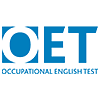


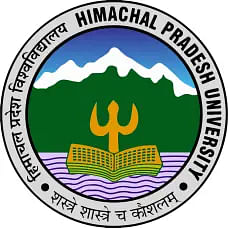

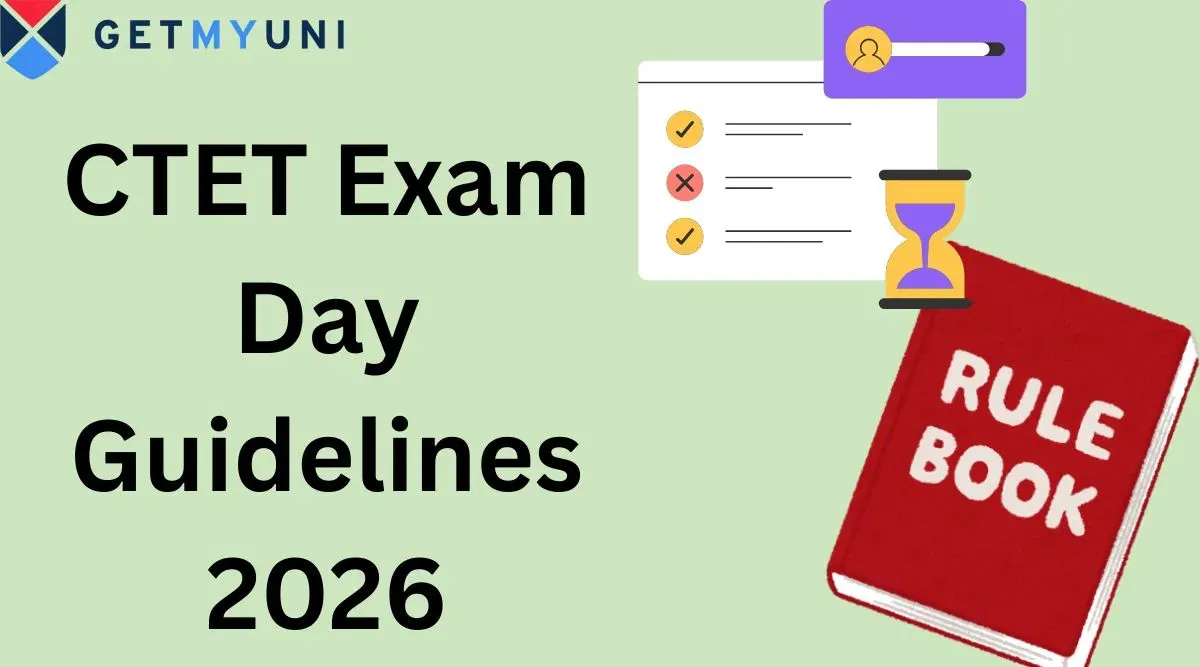

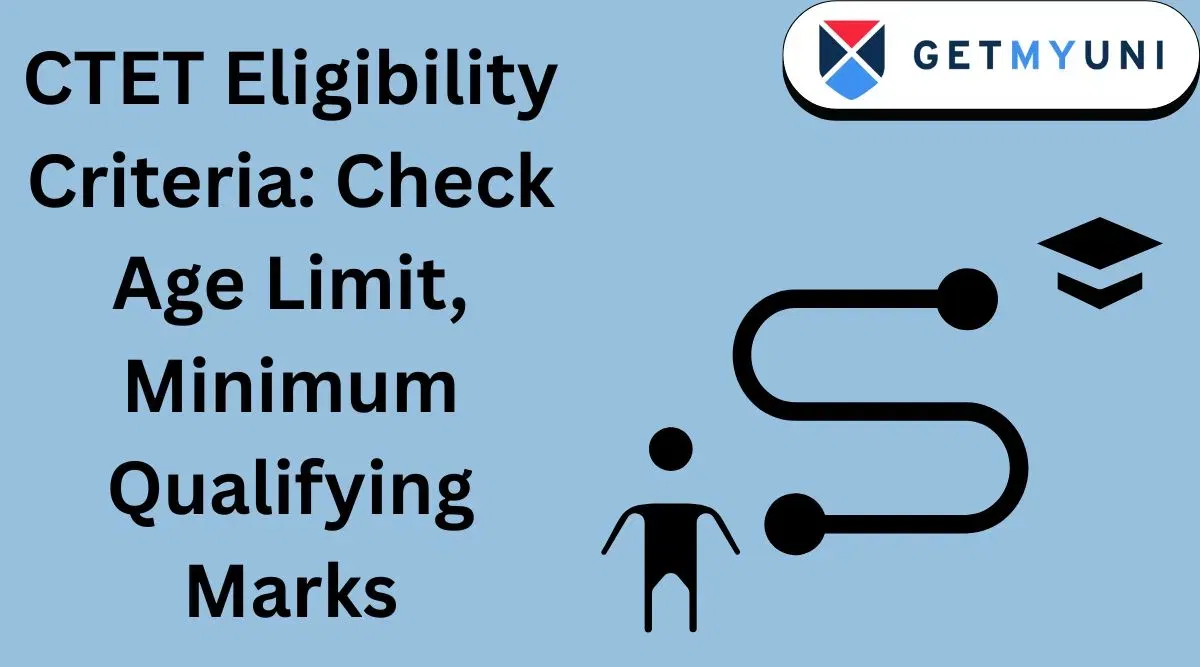
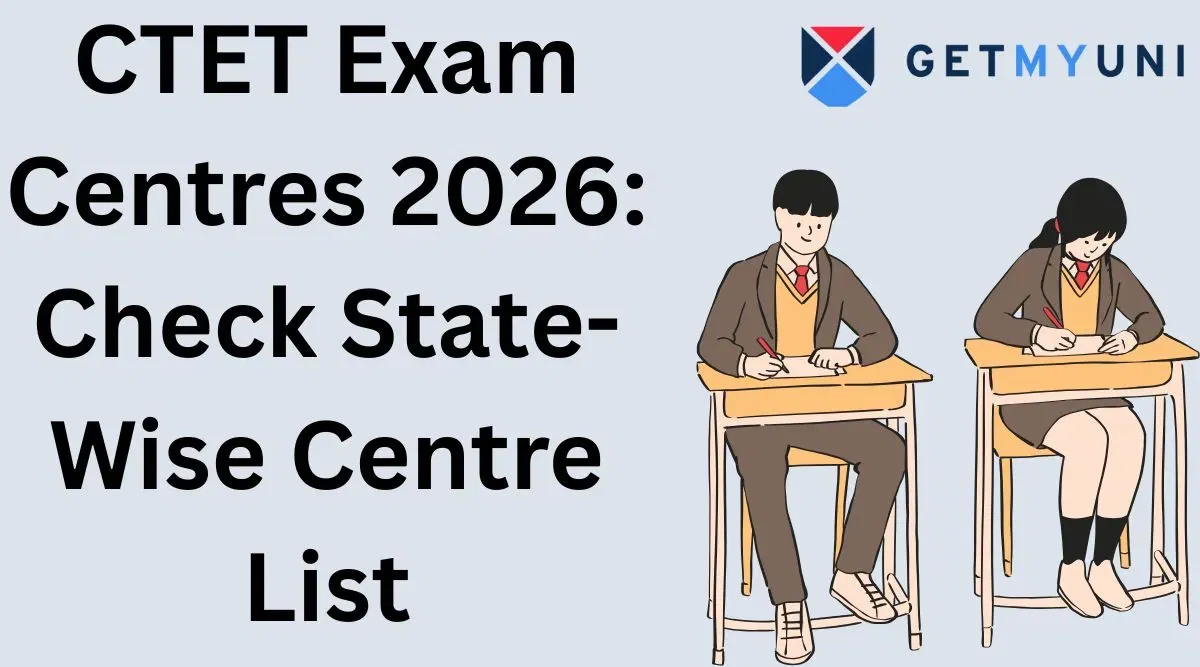


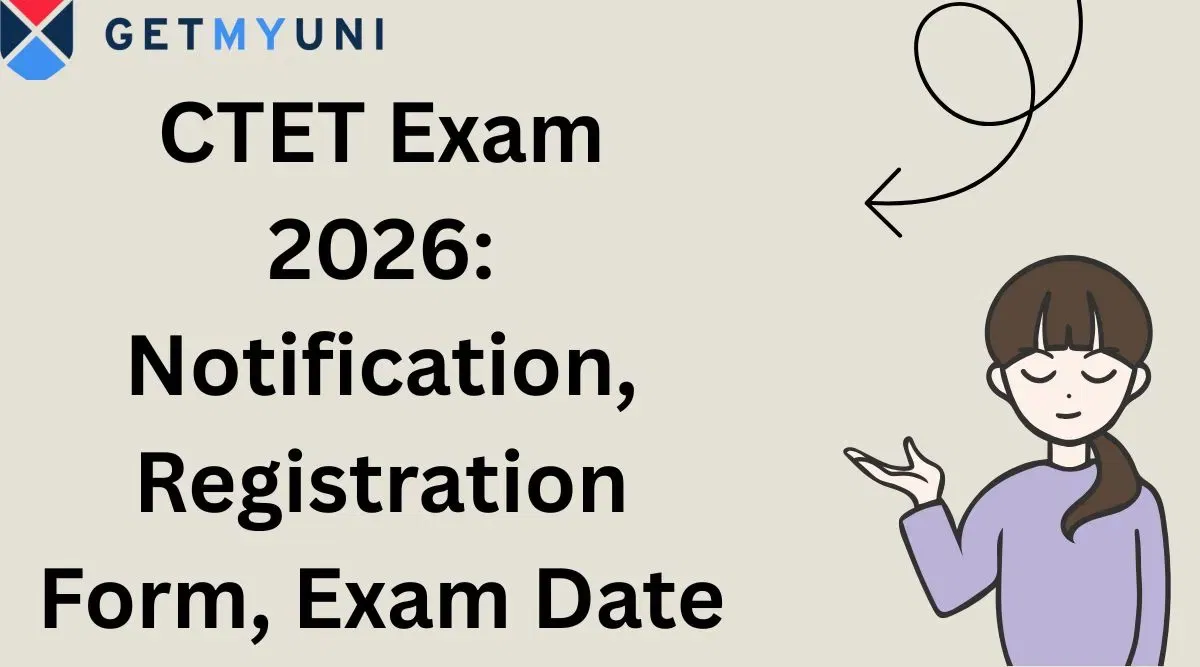



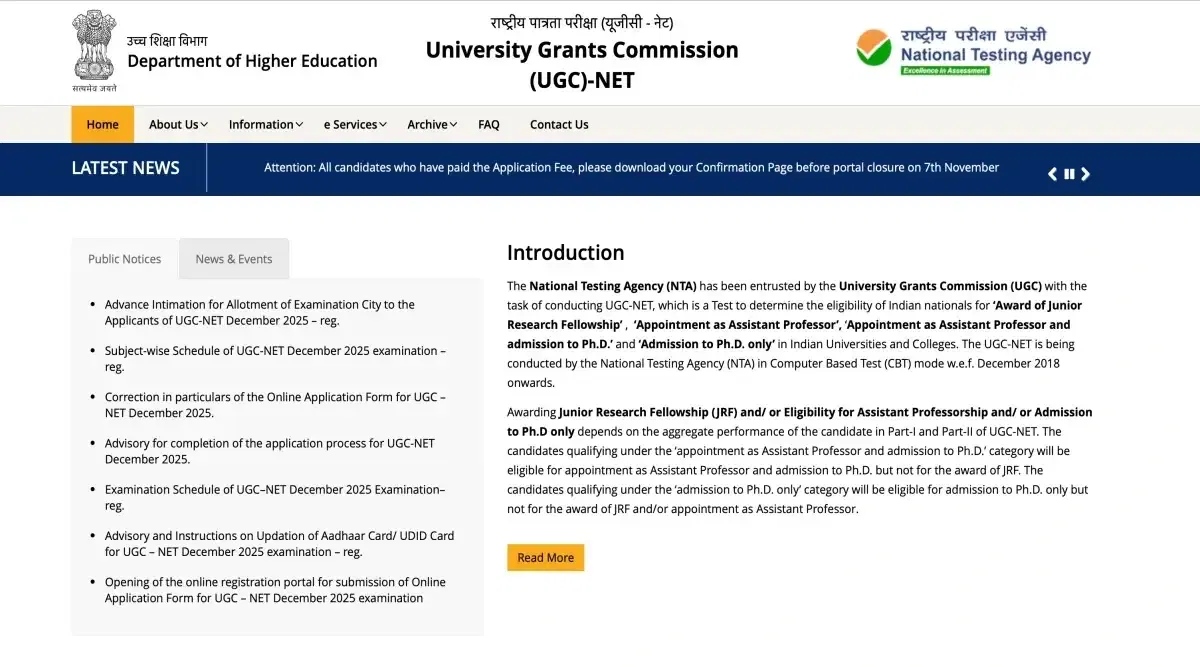

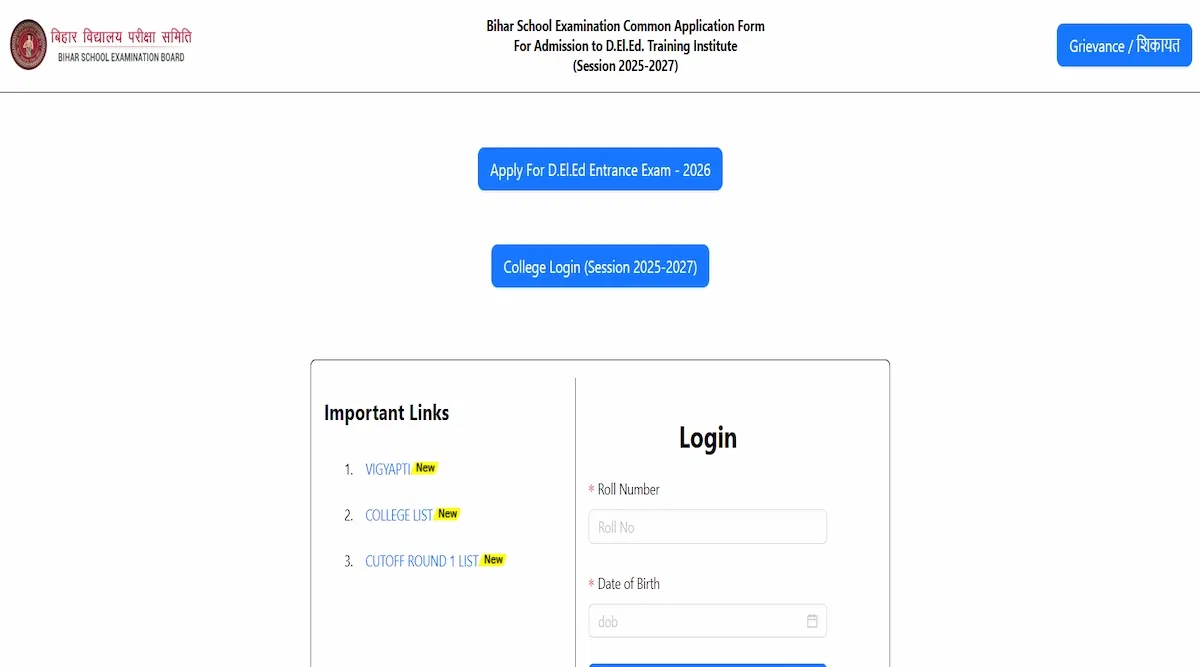



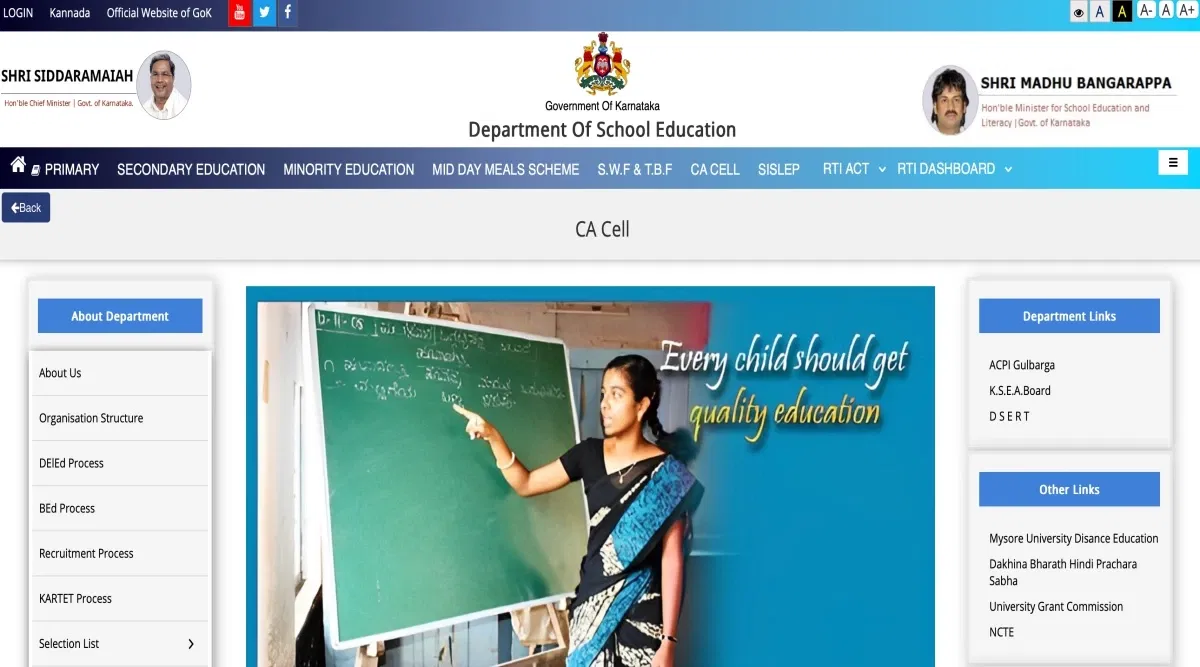
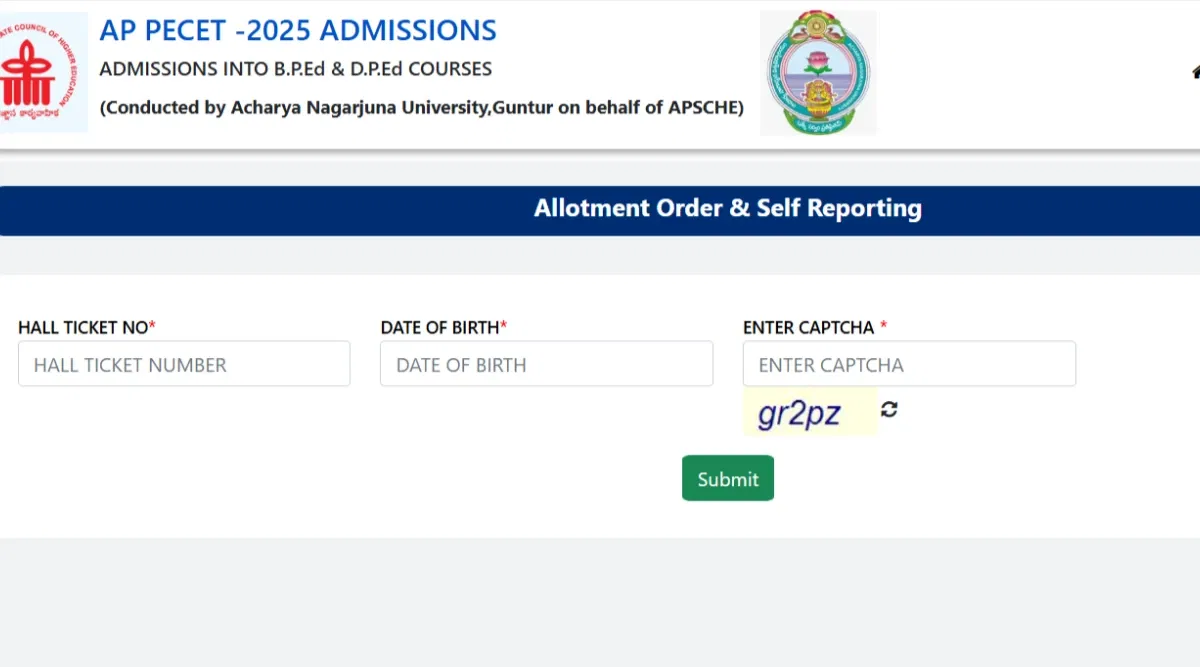
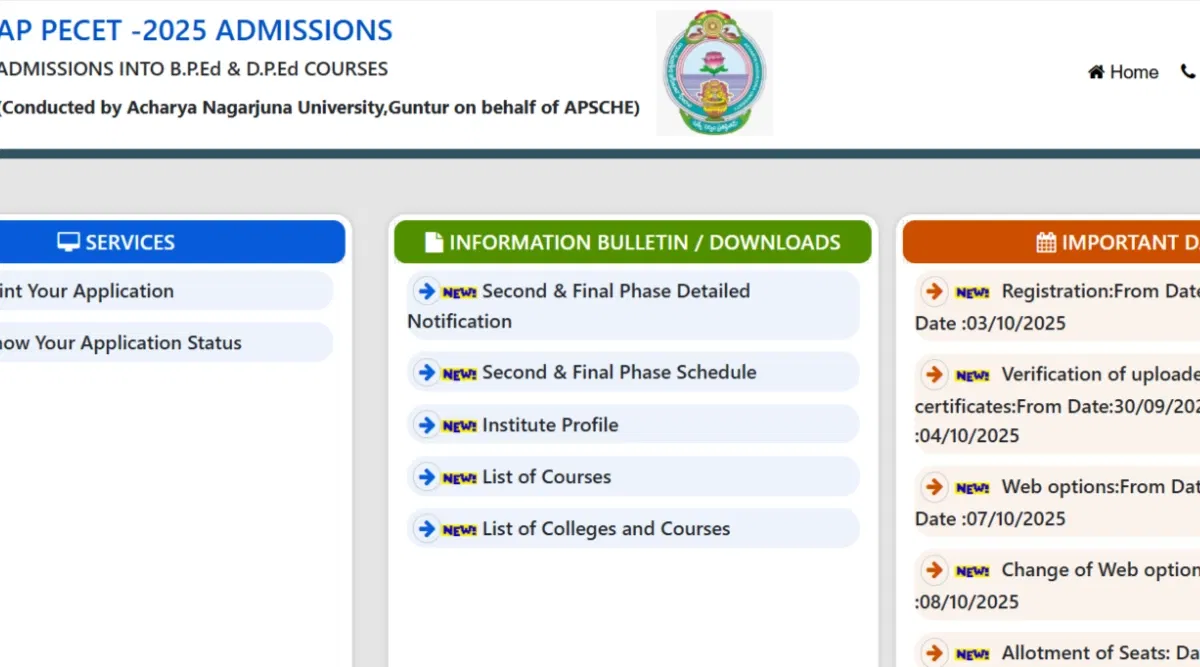


POST YOUR COMMENT